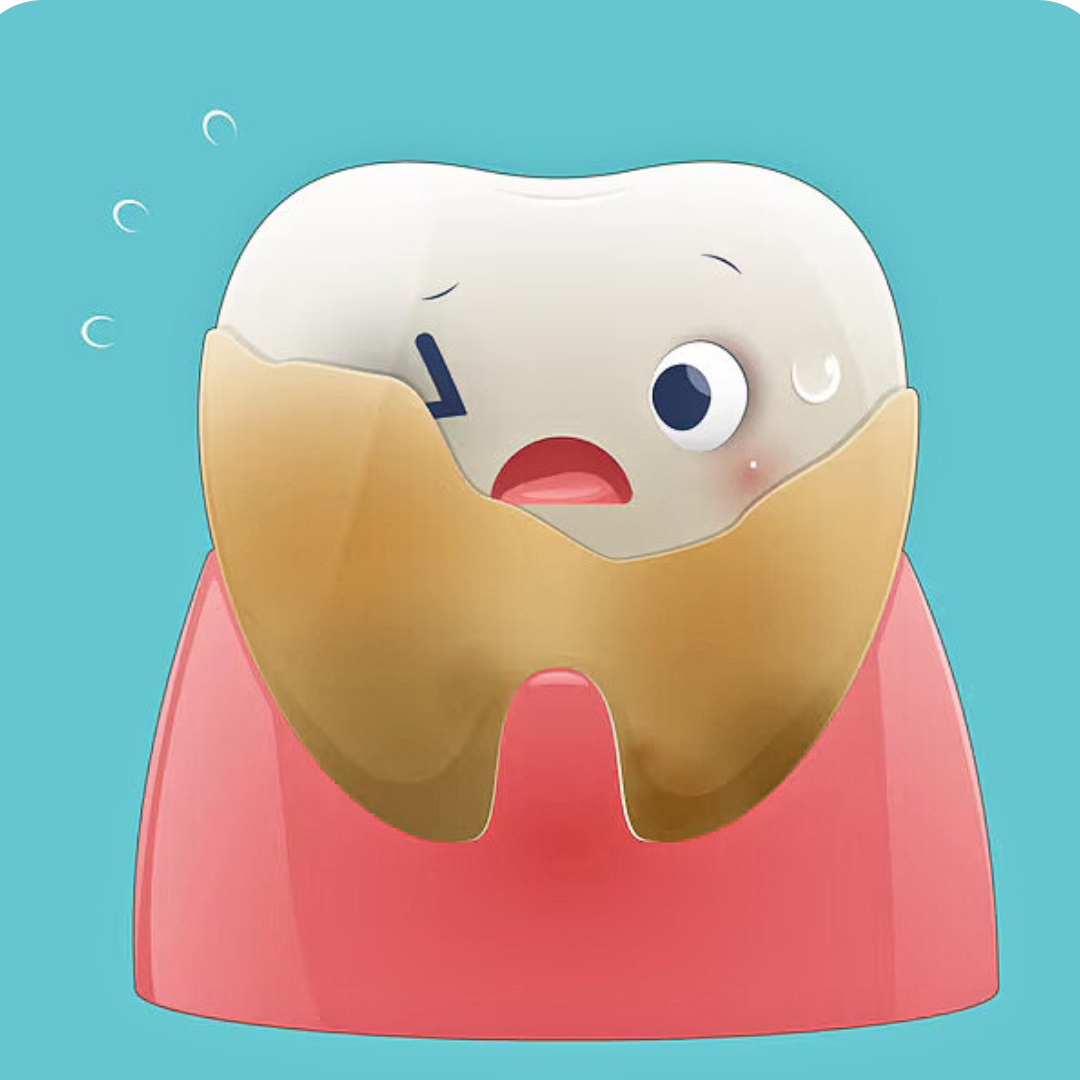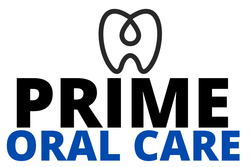
When plaque is not adequately removed from your teeth, a hardened layer of plaque known as tartar, or dental calculus, develops. Bacteria, food particles, and saliva combine to form the sticky substance known as plaque. It can accumulate above and below the gum line and harden into tartar in 1 to 3 days if treatment is not received.
What Constitutes Tartar
Salivary proteins and mineralised bacteria make up the majority of tartar. Tartar frequently contains the following minerals:
- Phosphorus calcium
- Carbonate of calcium
- Phosphate of magnesium
- Symptoms and Indications of Tartar

If you have tartar accumulation, you may observe:
- Your teeth may have yellow, brown, or even black discolouration.
- Chronic foul breath
- Gums that are swollen, red, or bleeding—early indicators of gum disease
- A rough, crusty surface of the teeth
In addition to producing an unpleasant odour, tartar can cause gum infections by retaining food particles and bacteria in pockets along the gum line.
What Leads to Tartar Formation?
The most frequent cause of tartar accumulation is poor dental hygiene. Plaque calcifies if it is not eliminated by regular brushing and flossing. Tartar is more prone to form if you:
- Inconsistent brushing or flossing
- Eat starchy or sugary foods often.
- Use tobacco goods or smoke
- Put on retainers or braces.
Have xerostomia, or dry mouth?
The Risks Associated with Tartar Buildup
Serious problems with oral health can arise from untreated tartar, including:
- Cavities cause rotting in teeth.
- Gum recession
- Gum disease, or periodontal illness
- Sensitivity of teeth
- Teeth that are discoloured or stained
How to Diagnose Tartar
Tartar can be detected by dentists during a standard dental examination. They could make use of:
- Dental X-rays to detect bone loss or cavities
- Gum pocket depth measurements using probing instruments, a symptom of periodontal disease
Options for Treatment: How Can Tartar Be Removed?
It is impossible to get rid of tartar using brushing or floss. It can only be safely and successfully removed by a dentist or hygienist using techniques like:
1. Expert Dental Cleaning
Your hygienist breaks down and removes tartar deposits using hand tools or ultrasonic scalers. Teeth are polished to remove surface stains and smooth the enamel after scaling.
2. Root Planning and Scaling
This thorough cleaning procedure eliminates tartar from under the gums and smoothes the root surfaces to stop germs from reinfecting if gum disease is present.
3. Laser Therapy for Periodontal Disease
Laser technology is used in certain dental practices to remove tartar and germs from behind the gums with no discomfort.
4. Ultrasonic Dental Cleaner
These machines remove dirt and plaque by using water and high-frequency vibrations, clean from the comfort of your home.
Is It Worth Using Ultrasonic Dental Cleaners?
To keep their teeth clean at home, many people experiment with ultrasonic dental cleaners. These machines remove dirt and plaque by using water and high-frequency vibrations. Prime Oral Care claims that ultrasonic cleansers could be particularly helpful for:
- Users with dentures who desire a deeper cleaning
- Avoiding tartar accumulation in between appointments with a professional
- Keeping places that are difficult to access hygienic
Ultrasonic tools can help control plaque, but they can't get rid of hardened tartar. They are not a replacement for expert cleaning; rather, they are an aid.
Prevention: How to Prevent the Formation of Tartar
Regular dental care can greatly lower your risk of developing tartar:
- Use fluoride toothpaste to brush two to three times a day.
- Use an antimicrobial mouthwash without alcohol.
- Floss once a day to clean in between teeth.
- Steer clear of sugary diets and smoking
- See your dentist every six months, or more frequently if advised.
Use a water flosser
The flosser job is using a high-pressure water stream to clean in between teeth and along the gum line. It is perfect for persons with braces, implants, or sensitive gums since, in contrast to traditional floss, it employs pulsating water jets to eliminate bacteria, food particles, and plaque.
Important characteristics of a water flosser:
- Strong water jet to remove plaque from confined areas
- Pressure settings that can be changed for comfort and personalisation
For convenience, there are cordless and portable alternatives available.
- Integrated timer for reliable flossing
- 360-degree revolving nozzle to cover the whole mouth
Benefits
- Improved cleaning efficiency in locations that are difficult to access
- Unlike string floss, it is kinder to the gums and causes less inflammation.
- increases circulation, which benefits gum health.
- Perfect for dental implants, bridges, and braces in orthodontics
Does the Flosser Pro Make Sense?
The Water Flosser offers a practical, mess-free, and professionally proven method for maintaining healthier gums and cleaner teeth for anyone wishing to improve their oral hygiene regimen. For consumers who find regular floss painful or ineffectual, it's extremely beneficial.
Concluding remarks
If left untreated, tartar can cause major dental issues in addition to being a cosmetic concern. Ultrasonic cleaners and other at-home appliances can help prevent plaque, but once tartar has formed, only a professional can remove it. The best method to maintain the health of your teeth and gums is to practise proactive oral hygiene and schedule periodic dental checkups.
